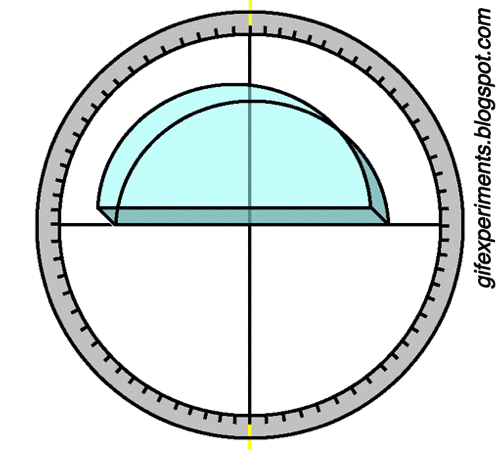1.1 How are light and heat explained?
In this area of study, students study light using the wave model and thermal energy using a particle model forming an understanding of the fundamental physics ideas of reflection, refraction and dispersion. They use these to understand observations made of the world such as mirages and rainbows. They investigate energy transfers and explore how light and thermal energy relate to one another. They apply light ideas to explain how light is used through optical fibres in communication, and how physics is used to inform global warming and climate change.
Outcome 1
On completion of this unit the student should be able to model, investigate and evaluate the wave-like nature of light, thermal energy and the emission and absorption of light by matter.
Revision Questions – Light and heat
1.1.1 Electromagnetic radiation and waves
Graphical Representation of Waves Worksheet
PhET simulation: Wave on a String 1.1.29 (colorado.edu)


1.1.2 Light

Snells law and Refractive Index Qs.docx
1.1.3 Thermal energy
1.1.4 Interaction of thermal energy and electromagnetic radiation
Revision (includes old Study Design)
test yourself on applications of Thermal physics
test yourself on applications of Thermal physics answers
Thermodynamics notes 2017 dkg 080317
Physics Year 11 SAC summary of pracs answers
Test-1-VCE-Physics-Units-12-DTT-2023-Light-and-EM-spectrum-1
Test-1-VCE-Physics-Units-12-DTT-Solutions-2023-1
Test-2-VCE-Physics-Units-12-DTT-2023-Thermal-energy-and-climate-change-1


:max_bytes(150000):strip_icc()/GettyImages-932430092-87255003c38343f5828f694bda37d40d.jpg)